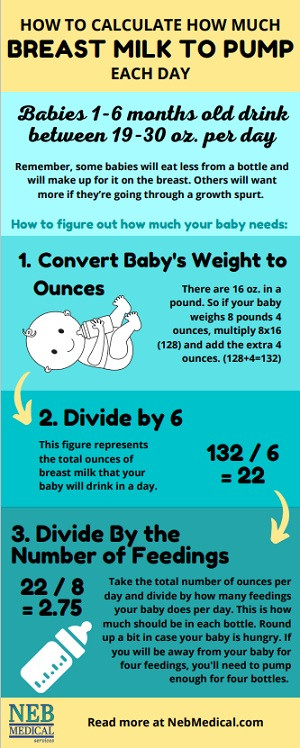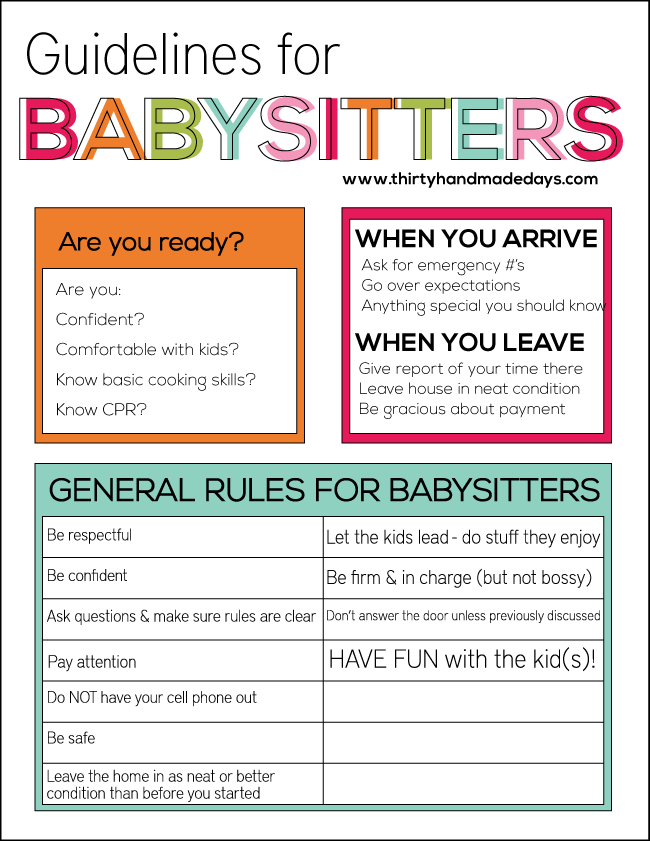When Are Baby Growth Spurts: Understanding the Growth Patterns of Infants
As a parent, one of the most exciting and rewarding experiences is watching your baby grow and develop. From their first smile to their first steps, every milestone is a cause for celebration. One aspect of your baby’s growth that you may not be as familiar with is growth spurts. These periods of rapid growth can be both thrilling and challenging for parents, as they can impact everything from your baby’s appetite to their sleep patterns. In this article, we will explore when baby growth spurts typically occur, how to recognize them, and what you can do to help your little one navigate these important developmental stages.
Knowledge
Understanding when baby growth spurts occur can help you better anticipate and respond to your baby’s changing needs. Growth spurts are periods of time when your baby is experiencing rapid physical growth and development. These spurts are typically characterized by a sudden increase in your baby’s appetite, as well as changes in their sleep patterns and mood.
While every baby is unique and may experience growth spurts at slightly different times, there are some general patterns that most babies follow. The first growth spurt typically occurs around 2 weeks of age, followed by another spurt at around 4-6 weeks. From there, growth spurts tend to occur at regular intervals, with another spurt happening around 3 months, 6 months, and 9 months of age. Some babies may also experience growth spurts around 12 months and 18 months, although these can vary.
Recognizing when your baby is going through a growth spurt can help you adjust your caregiving routines to meet their needs. Some common signs that your baby may be experiencing a growth spurt include:
– Increased appetite: Your baby may seem hungrier than usual and may want to feed more frequently.
– Changes in sleep patterns: Your baby may be more restless at night or may take longer naps during the day.
– Irritability: Your baby may be fussier or more easily upset during a growth spurt.
During a growth spurt, it’s important to respond to your baby’s changing needs with patience and understanding. Here are some tips to help you and your baby navigate this important developmental stage:
– Feed on demand: If your baby is showing signs of increased hunger, be prepared to feed them more frequently or offer larger portions.
– Provide comfort: Your baby may be more irritable during a growth spurt, so be sure to offer plenty of cuddles and soothing words to help them feel secure.
– Adjust sleep routines: If your baby is experiencing changes in their sleep patterns, try to be flexible and offer extra comfort and reassurance at bedtime.
Conclusion
As a parent, understanding when baby growth spurts occur and how to recognize them can help you provide the best possible care for your little one. By being attentive to your baby’s changing needs and responding with love and understanding, you can help them navigate these important developmental stages with confidence and ease.
In conclusion, baby growth spurts are a natural and essential part of your baby’s development. By knowing when to expect them and how to respond, you can ensure that your baby gets the support and care they need to thrive.
Final thoughts: Remember that every baby is different, so it’s important to be patient and flexible as your little one goes through these growth spurts. By staying attuned to your baby’s cues and responding with love and care, you can help them grow and thrive during these exciting times.






